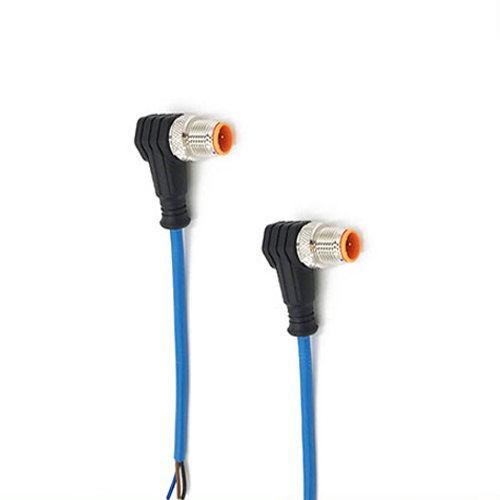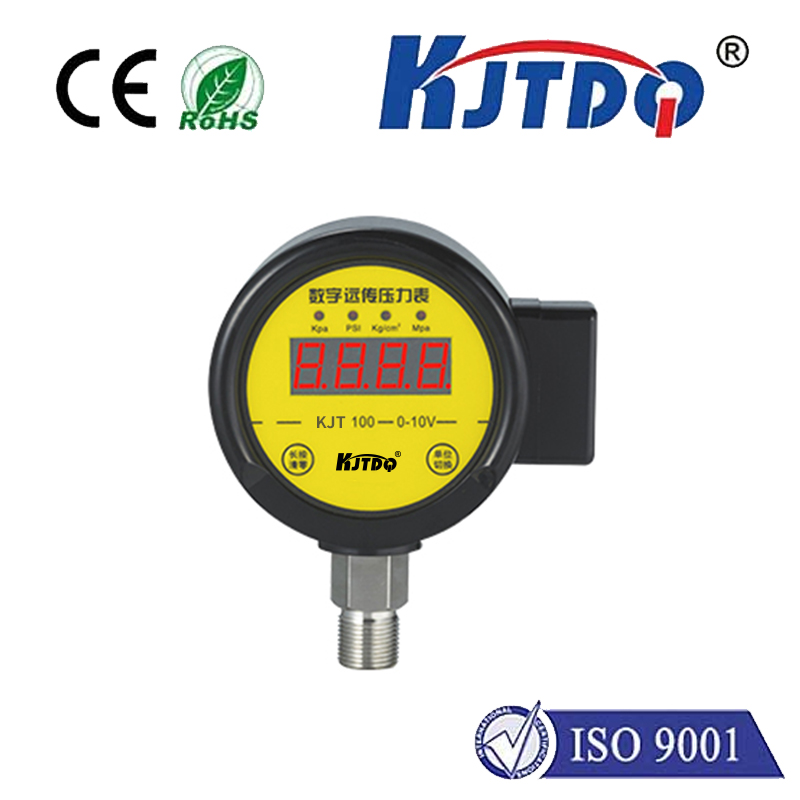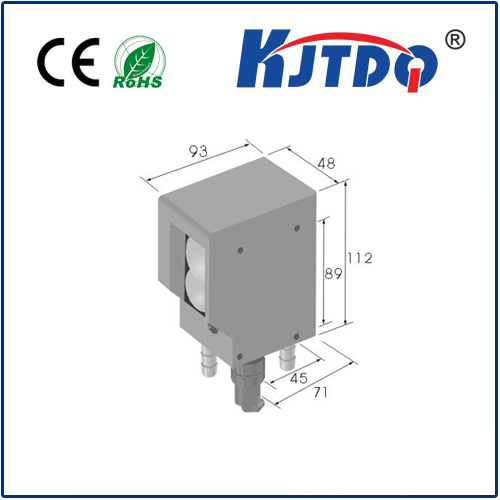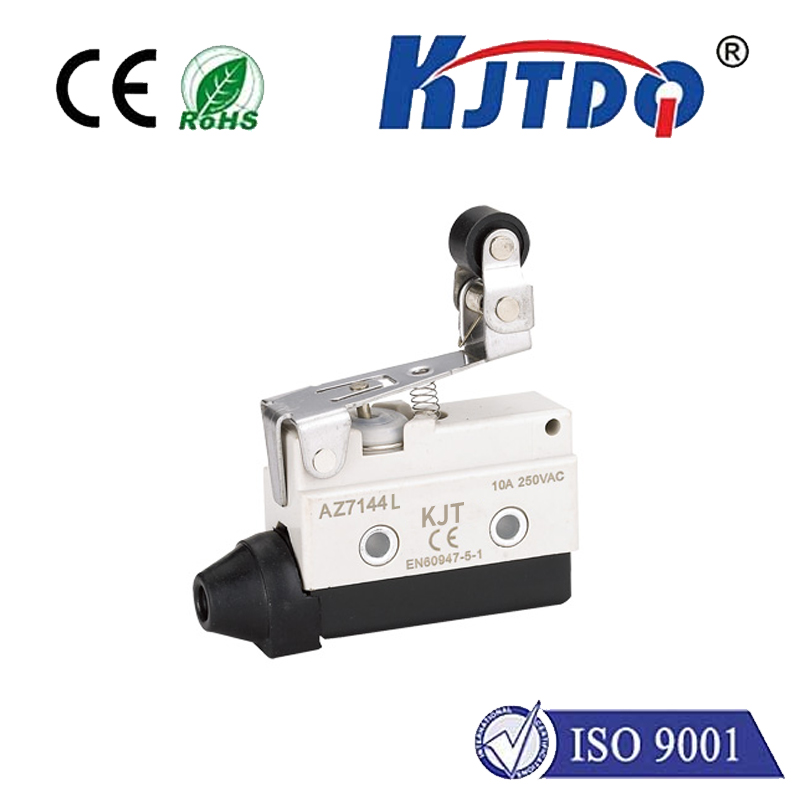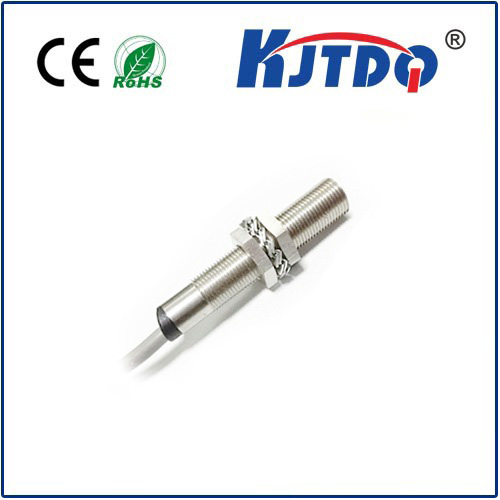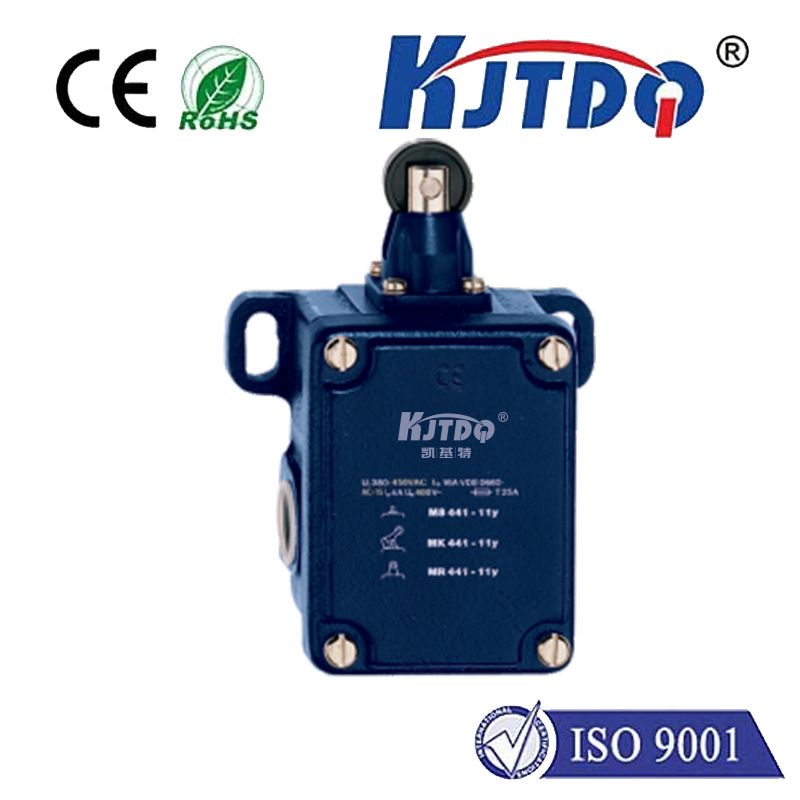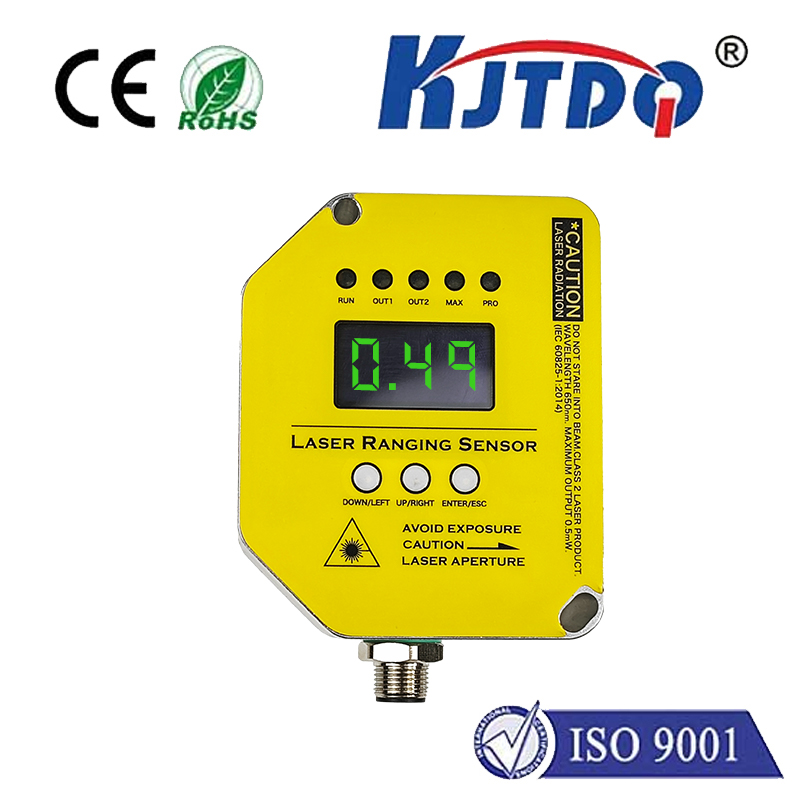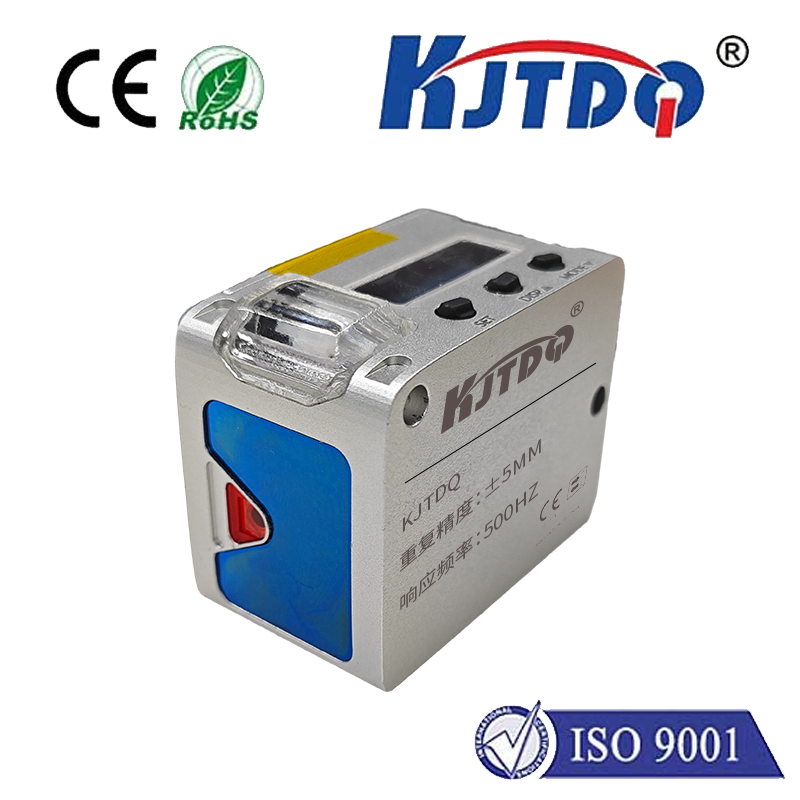3d laser line profile sensors
- time:2025-09-08 17:09:16
- Click:0
3D Laser Line Profilers: The Ultimate Guide to Non-Contact Measurement
Imagine a river of raw materials, intricate machine parts, or delicate food products flowing continuously down a production line. Ensuring every item meets stringent quality standards seems impossible, yet a powerful technology makes it routine: 3D laser line profile sensors. These sophisticated devices capture the world in precise, digital three dimensions at incredible speeds, transforming how industries inspect, measure, and control quality.
Beyond the Flat Image: How 3D Profiling Works
Unlike traditional 2D cameras or basic laser sensors, 3D laser line profilers operate on the principle of laser triangulation. Here’s the core process:
- Laser Projection: A highly focused laser line is projected onto the target object’s surface.
- Image Capture: A precisely aligned camera, positioned at a known angle relative to the laser source, observes this laser line.
- Triangulation Calculation: As the object’s surface height varies, the position of the laser line within the camera’s field of view shifts. Sophisticated software analyzes these distortions pixel-by-pixel.
- 3D Point Cloud Generation: Using the known geometry (baseline distance and angle between laser and camera lens), the sensor calculates the precise X, Y, and Z coordinates for thousands of points along the laser line, generating a dense cross-sectional profile of the object.
By moving the sensor relative to the object (or vice versa, which is common on production lines), a continuous stream of these profiles is captured and stitched together in real-time, creating a comprehensive 3D surface map. This map reveals intricate details invisible to 2D systems: height variations, edge positions, surface defects, volumes, and complex geometric dimensions.
Unlocking Unprecedented Capabilities

The unique data captured by laser line profile sensors delivers capabilities critical for modern manufacturing and beyond:
- Sub-micron Precision: Measuring minute surface variations imperceptible to the human eye or touch probes.
- High-Speed Acquisition: Capturing profiles at rates exceeding tens of thousands per second, enabling in-line inspection of fast-moving processes.
- Non-Contact Measurement: Essential for delicate surfaces (food, electronics), hot objects, or targets easily deformed by touch probes.
- Material Independence: Effective on a vast range of surfaces, including shiny metals, dark plastics, rubber, wood, and even liquids – though challenges like extreme reflectivity or transparency may require specific setup adjustments or coatings.
- Robust Performance: Designed to operate reliably in demanding industrial environments with vibration, dust, and variable lighting conditions.
Where Precision Makes the Difference: Key Applications
The versatility of 3D profile measurement makes it invaluable across numerous sectors:
- Automotive & Aerospace: Inspecting body panel gaps, weld seam integrity and geometry, surface flatness, brake pad thickness, tire tread depth and wear, turbine blade profiles, and critical component dimensions. Ensuring sub-millimeter accuracy is critical for safety and performance.
- Electronics Manufacturing: Measuring solder paste volume and shape on PCBs, inspecting connector pin coplanarity, verifying component placement height, checking for warpage on delicate substrates like silicon wafers or flexible circuits.
- Metal Production & Processing: Real-time monitoring of roll profiles and surface defects (scratches, dents, pits) on steel, aluminum, or copper strips. Gauging tube ovality, measuring cut lengths, and verifying weld quality.
- Plastics & Rubber: Inspecting extruded profiles (seals, hoses, tubing) for dimensional accuracy, wall thickness consistency, and surface defects. Measuring bottle fill levels, cap alignment, and closure integrity.
- Food & Beverage & Pharma: Ensuring package seal integrity (leak detection via height analysis), checking fill levels in bottles, jars, and trays, verifying tablet or candy shape and count, inspecting for foreign objects or damage on produce.
- Logistics & Parcel Handling: Measuring package dimensions (DIM Weight) and volume automatically for optimized shipping and storage. Guiding robotic picking systems.
- Glass Manufacturing: Detecting surface flaws like scratches, digs, or inclusions, measuring glass thickness and flatness (especially for displays or automotive glass).
Choosing the Right Profiler: Key Considerations
Selecting the optimal 3D laser scanner involves understanding key specifications:
- Measurement Range (Z-axis): The depth of field the sensor can accurately measure height variations within.
- Resolution (Z-axis): The smallest detectable height difference. Sub-micron resolution sensors are available for ultra-high precision tasks.
- Profile Width (X-axis): The width of the laser line projected onto the target.
- Profile Rate: How many profiles per second the sensor can capture. Crucial for high-speed production lines. Speeds can range from hundreds to hundreds of thousands of profiles per second.
- Laser Class & Wavelength: Impacts safety (Class 1 is safest) and performance on different materials (blue lasers often handle shiny surfaces better than red).
- Environmental Ratings: IP ratings for dust and water resistance are essential for harsh factory floors.
- Software & Interfaces: The ease of integration, data processing capabilities, and communication protocols (Ethernet/IP, Profinet, TCP/IP, RS232).
Beyond the Sensor: Integration is Key
Maximizing the value of a 3D laser line profiler relies heavily on seamless integration:
- Mounting & Motion: Stable mounting is critical. For scanning moving objects, synchronization with an encoder tracking the object’s speed is essential to prevent image blur and ensure accurate dimensional calculations.
- Calibration: Regular calibration using certified standards is vital for maintaining measurement accuracy.
- Lighting & Environment: Ambient light interference must be minimized; often, a controlled enclosure or specific lighting setup is needed. Managing vibrations ensures stable data capture.
- Data Processing: Robust software is needed to analyze the massive point cloud data stream in real-time, extract meaningful features, compare to CAD models or tolerances, and make pass/fail decisions or process adjustments.
The Future of Precision Measurement
3D laser line profile sensors have moved from niche applications to becoming fundamental tools in automated manufacturing, quality control, and R&D. Their ability to deliver high-speed, non-contact, precise 3D data unlocks levels of process control and quality assurance previously unattainable. As sensor technology advances, offering higher resolutions, faster speeds, and better material handling capabilities, and as processing power and AI-driven software improve, their role in building smarter, more efficient, and more reliable production systems will only become more profound. From ensuring the microscopic precision of medical devices to verifying the volume of packaged goods, these sensors are quietly revolutionizing how we measure and interact with the physical world. Even emerging fields like medical imaging benefit, with laser profilers aiding in precise anatomical mapping during surgery.






